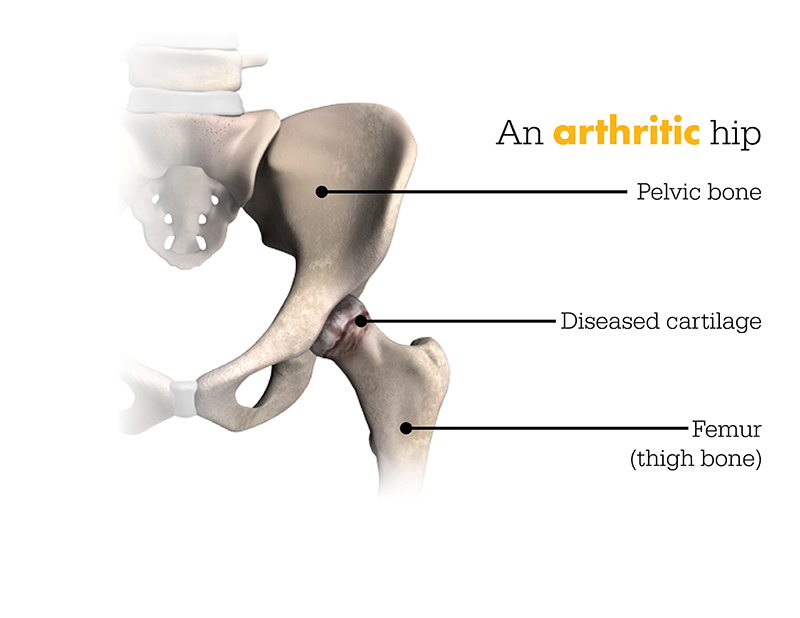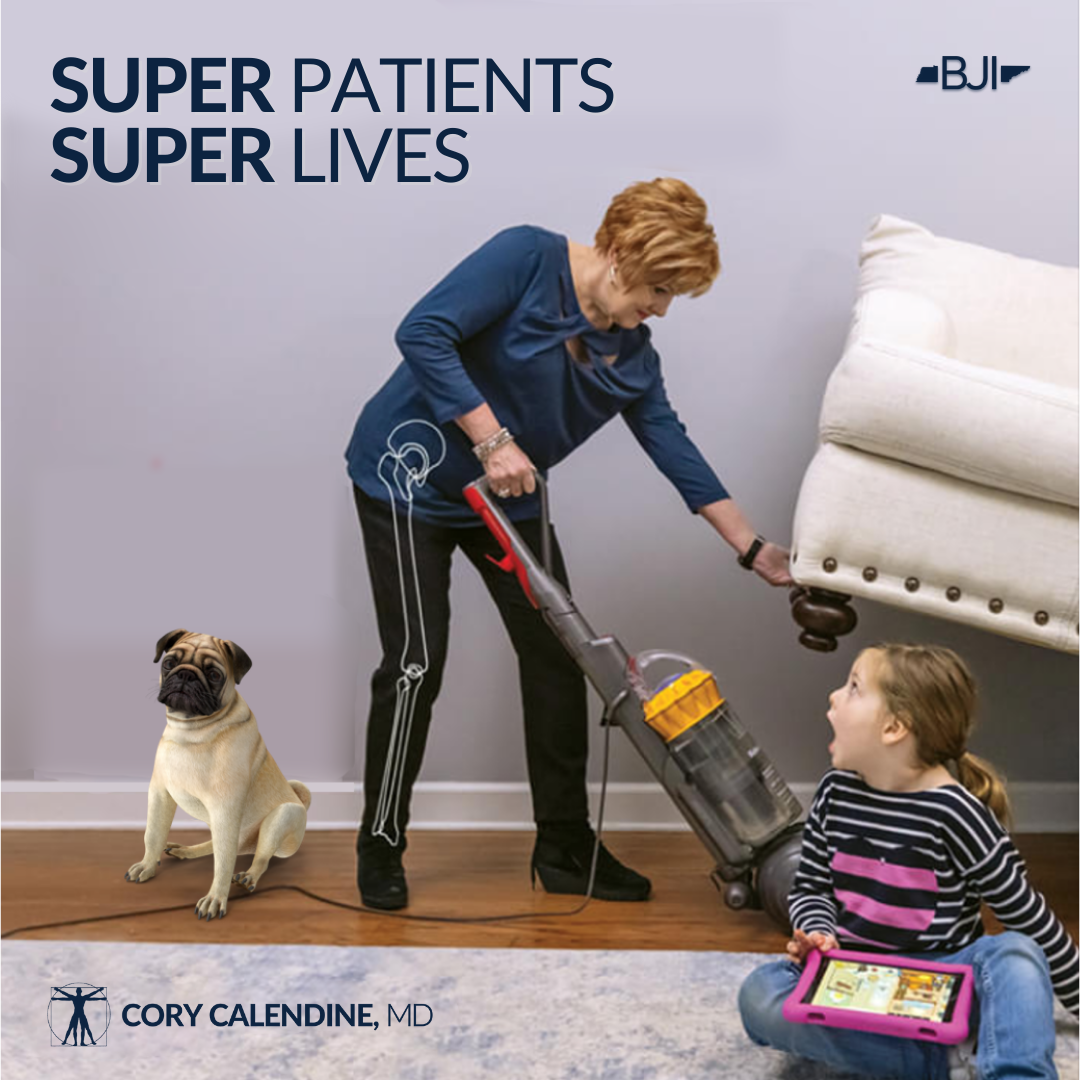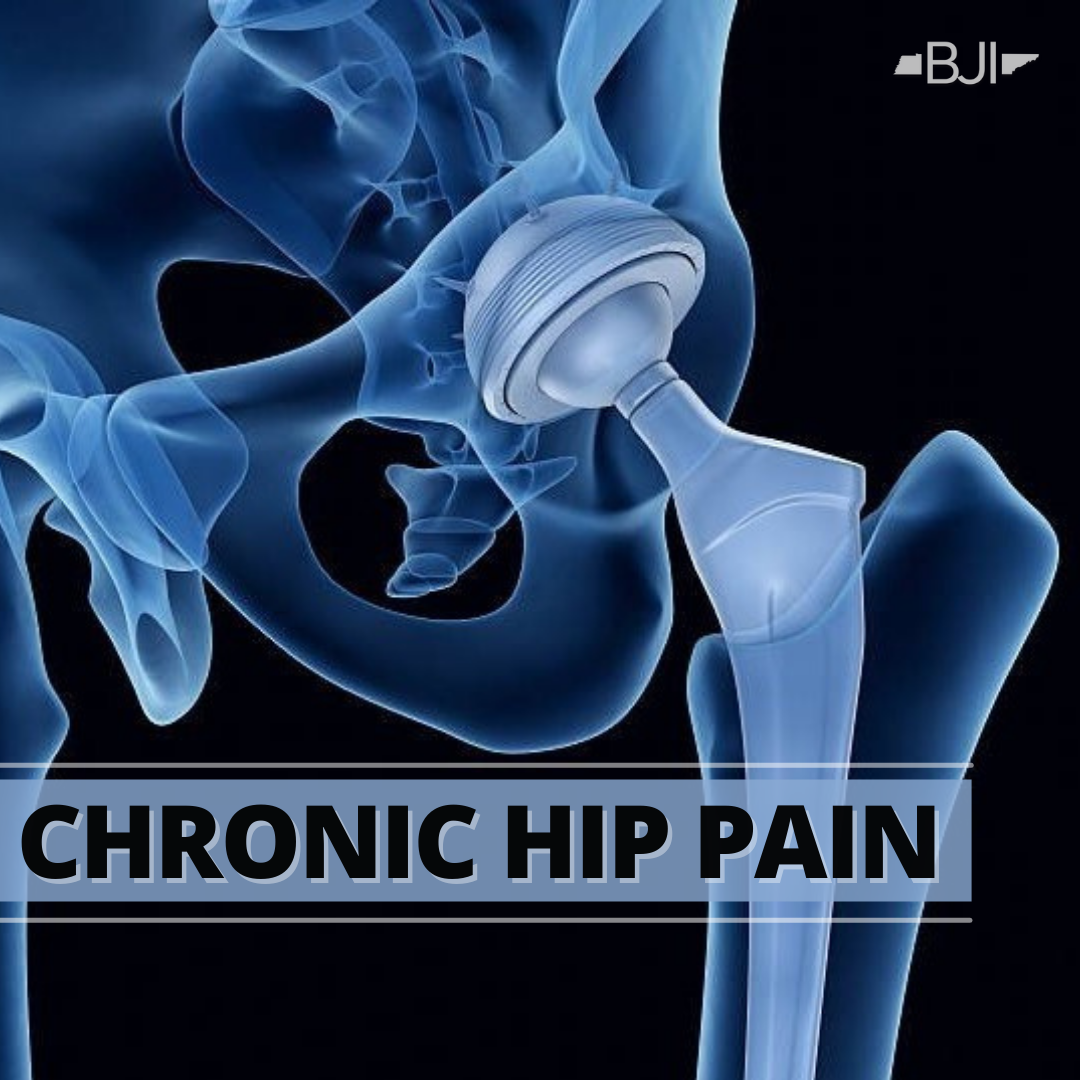MAKO Robotic-Assisted Total Hip Arthroplasty
If you’re one of the millions of Americans suffering with hip pain from arthritis or injury, and you have not experienced relief with conservative treatment options, MAKO Robotic-Assisted joint replacement may be right for you.
Prior to surgery, a CT scan of your hip joint is completed so the MAKO system can generate a 3D virtual model of your unique, individual anatomy. The 3D model allows your doctor see anatomical details that may not be sees with traditional 2D x-ray alone. This additional information helps your surgeon determine the optimal size, placement and positioning of your new joint implant.
MAKO Preoperative 3D Planning
In the operating room, your surgeon will follow your personalized preoperative surgical plan to prepare the bone for the new implant. Your surgeon guides MAKO’s robotic arm within a predefined area. MAKO's AccuStop™ technology assists the surgeon to stay within the pre-planned boundaries defined within your personalized preoperative plan. By guiding your surgeon, MAKO’s AccuStop™ technology allows your surgeon to cut more precisely and limit damage to surrounding soft tissues.


It’s important to understand that the surgery is performed by an orthopedic surgeon, who guides MAKO’s robotic arm during the surgery to position the implant in the hip joint. MAKO SmartRobotics™ does not perform surgery, make decisions on its own or move autonomously without the surgeon guiding it. MAKO SmartRobotics™ also provides intraoperative data to allow your surgeon to make adjustments to your plan as needed and optimize joint replacement outcomes.
MAKO Robotic-Assisted Total Hip Replacement Advantages
- More accurate placement and alignment of hip implants based on the surgical plan.
- Less likelihood of hip dislocation.
- Reduced blood loss.
- Replication of the feeling of a natural hip.
- Preservation of healthy bone.
Dr. Cory Calendine is an experienced, board-certified orthopedic surgeon with specific expertise robotic-assisted hip and knee replacement. Please contact our office or schedule an appointment today to discuss your individualized joint pain treatment program.
References:
- Domb BG, El Bitar YF, Sadik BS, Stake CE, Botser IB. Comparison of Robotic-assisted and Conventional Acetabular Cup Placement in THA: A Matched-Pair Controlled Study., Clin Orthop Relat Res. 2014 Jan;472(1):329-36
- Illgen R. Robotic Arm Assisted THA Improved Accuracy, Reproducibility, and Outcomes Compared to Conventional Technique. 43rd Annual Course: Advances in Arthroplasty, October 22-25, 2013, Boston, MA.
- Bukowski, B.; Abiola, R; Illgen R. Outcomes after primary total hip arthroplasty: Manual compared with robotic assisted techniques. ; 44th Annual Advances in Arthroplasty; Cambridge, MA. October 7-10 2014.
- Bukowski BR, Anderson P, Khlopas A, Chughtai M, Mont MA, Illgen RL Improved Functional Outcomes with Robotic Compared with Manual Total Hip Arthroplasty. Surg Technol Int. 2016 Oct 26;XXIX:303-308.
- Itay Perets, John P. Walsh, Mary R. Close, Brian Mu, Leslie C. Yuen and Benjamin G. Domb. Robotic-Assisted Total Hip Arthroplasty – Clinical Outcomes and Complication Rate. SPEAKER: Itay Perets
- Suarez-Ahedo, C; Gui, C; Martin, T; Chandrasekaran, S; Domb, B. Robotic-arm assisted total hip arthoplasty results in smaller acetabular cup size in relation to the femoral head size: A Matched-Pair Controlled Study. Hip Int. 2017; 27 (2): 147-152.
- Nawabi DH; Conditt MA; Ranawat AS; Dunbar NJ; Jones, J; Banks S, Padgett DE. Haptically guided robotic technology in total hip arthroplasty – A cadaveric investigation. Journal of Engineering in Medicine. December 2012;227(3):302-309.








